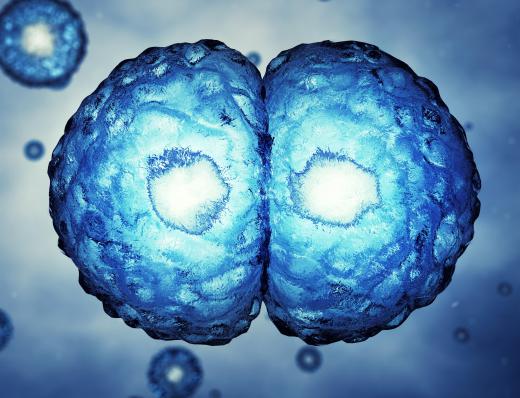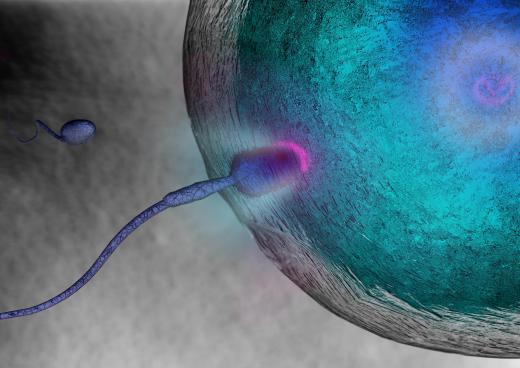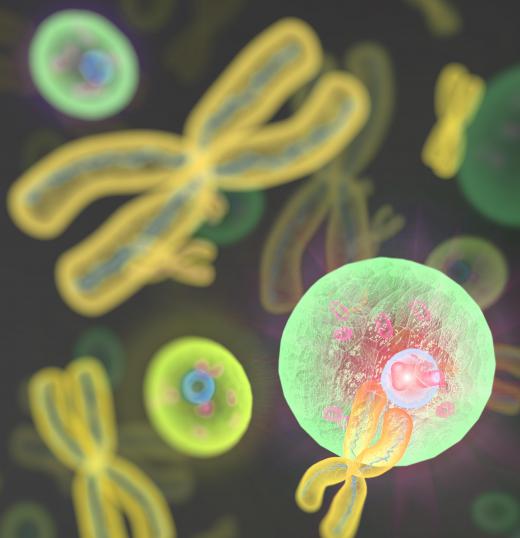What is Meiosis?
 Malcolm Tatum
Malcolm Tatum
As an important component in the process of sexual reproduction, meiosis is the means by which one cell divides into four different cells. Here are some details on the process of meiosis and why meiosis is necessary in order to ensure reproduction.
Meiosis takes its name from the Greek word meioun, which is translated to mean to make something smaller. In effect, that is what happens when meiosis occurs. A diploid eukaryotic cell will begin a process of dividing into four more or less equal portions, referred to as haploid cells. Generally referred to as gametes, the number of chromosomes contained in each of the gametes created from diploids is reduced from the parent diploid cell. Chromosomes contain the basic DNA chain that will determine the physical characteristics of the child in the event that a pregnancy takes place.

During the process of meiosis, the genome of the diploids begins to undergo two distinct rounds of division that ultimately result in the four haploid cells. Each of the haploid cells or gametes will contain one fully complete strand of chromosomes, which equates to half of the chromosomes supplied by the previous division. The gametes are capable of meshing or fusing with other opposite gender haploid cells during the process of fertilization. If the fertilization is successful, this leads to the creation of a zygote. This is important to note, as the union of these two different gender diploids will contained the DNA strands of both of the haploid cells, resulting in a unique physiological makeup for the new life.

The need for a combination of two haploid cells to form the zygote is one of the characteristics that set the process of meiosis apart from other means of reproduction, such as mitosis. While both meiosis and mitosis will rely on some of the same mechanisms to aid in chromatin distribution, it is important to remember that mitosis occurs as a form of asexual reproduction, meaning there is no need for a combination of opposite gender gametes. Meiosis sets the stage for sexual reproduction that results in genetic variations that are based on the unique composition of the two opposite gametes, rather than the creation of new life from a single source.

While there is ongoing research to determine if there is some way to manipulate the process of meiosis, modern science still has a long way to go. At present there are no effective methods to potentially prevent the formation of birth defects, or even create the possibility of altering the basic DNA. This means that modern science does not currently offer a means to produce a desired physical aspect. Until much more is understood about the basic cell structures that divide and change during meiosis, how chromatin is produced, what can create an unhealthy gamete and other related matters, science will have to be content with observing the process as it now stands.
AS FEATURED ON:
AS FEATURED ON:













Discussion Comments
I guess it's like the Extremis in Iron Man.
Limb factories? for future forever soldiers? Is there going to be a war and they will emerge somewhere in the future?
I agree with mdt. Science still has a long way to go. Anyway, in my opinion, controlling the outcome seems not really possible if it is referring to biological processes.
As mentioned in the last paragraph, the ability to control the outcome is far from perfect. Until it is possible to manipulate the process so that a specific desired outcome can be produced with regularity, it would appear science does still have a long way to go.
Your mention of limb factories is interesting - do you have references for these factories and their intended purposes?
If, as you say, "science will have to be content with observing the process as it now stands," then how have they created a beating heart from stem cells, and why is the military investing billions in "limb factories" for future 'forever soldiers'?
Post your comments